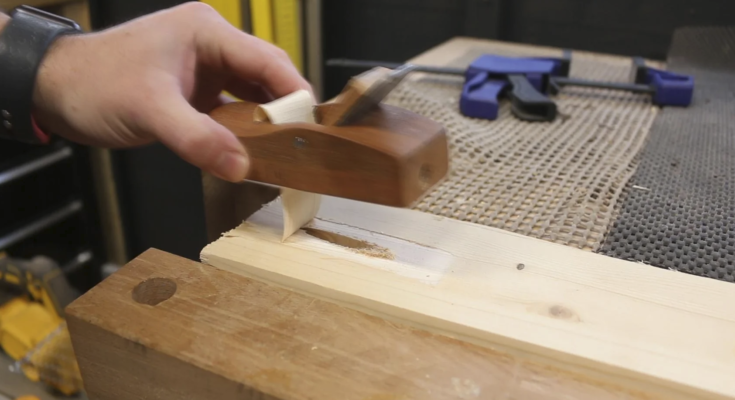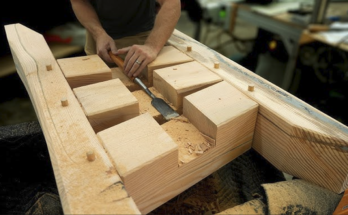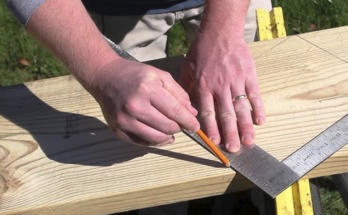Pocket screws are an excellent way to create strong and durable joinery, but they can sometimes be an eyesore. Fortunately, there are several techniques you can use to conceal them, ensuring a clean and professional-looking finish. Below are some effective methods for hiding pocket screws in your woodworking projects.
1. Pocket Hole Plugs
One of the easiest ways to hide pocket screws is by using pocket hole plugs. These plugs are made from wood and fit snugly into the pocket hole, blending seamlessly with the surrounding surface. To use them:
- Apply wood glue inside the pocket hole.
- Insert the plug and tap it in gently with a hammer.
- Once the glue dries, sand the plug flush with the surface.
- Stain or paint the area to match the rest of the piece.
2. Wood Filler
If you don’t have pocket hole plugs or want a smoother finish, wood filler is a great alternative. This method is especially useful when painting your project:
- Fill the pocket hole with wood filler using a putty knife.
- Let the filler dry completely before sanding it flush.
- Apply primer and paint for a seamless look.
3. Dowels
For a more custom approach, you can use wooden dowels to fill the holes:
- Choose a dowel with a diameter slightly larger than the pocket hole.
- Cut the dowel into small sections and apply wood glue.
- Insert the dowel piece into the hole and let it dry.
- Trim and sand it down before finishing with stain or paint.
4. Strategic Placement
A proactive approach to hiding pocket screws is to place them in less visible areas:
- Position the screws on the back or underside of a piece.
- Hide them in corners or inside cabinets where they won’t be noticeable.
- Use trim or molding to cover exposed pocket holes.
5. Edge Banding or Veneer
For a truly seamless appearance, you can apply veneer or edge banding over pocket holes:
- Cut a thin strip of veneer to cover the hole.
- Apply wood glue and press the veneer in place.
- Sand the edges for a smooth transition.
By using one or a combination of these methods, you can achieve a professional and polished look while benefiting from the strength of pocket hole joinery. Happy woodworking!



